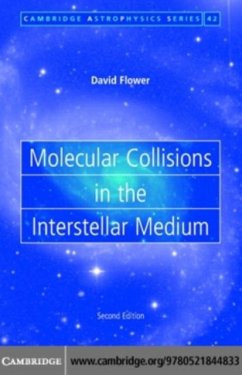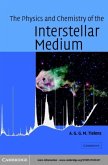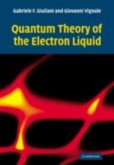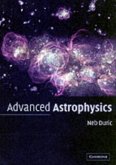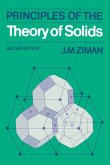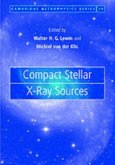In the interstellar medium - the space between the stars in galaxies - new stars are born from material that is replenished by the debris ejected by stars when they die. This book is a comprehensive manual for studying the collisional and radiative processes observed in the interstellar medium. This second edition has been thoroughly updated and extended to cover related topics in radiation theory. It considers the chemistry of the interstellar medium both at the present epoch and in the early Universe, and discusses the physics and chemistry of shock waves. The methods of calculation of the rates of collisional excitation of interstellar molecules and atoms are explained, emphasising the quantum mechanical method. This book will be ideal for researchers involved in the interstellar medium and star formation, and physical chemists specialising in collision theory or in the measurement of the rates of collision processes.
Dieser Download kann aus rechtlichen Gründen nur mit Rechnungsadresse in A, B, BG, CY, CZ, D, DK, EW, E, FIN, F, GR, HR, H, IRL, I, LT, L, LR, M, NL, PL, P, R, S, SLO, SK ausgeliefert werden.

